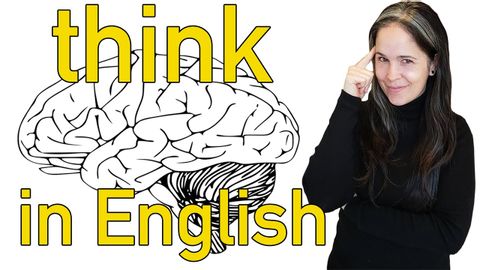THINK in ENGLISH! Practice English Sentence Building & STOP translating in your head!
Summer 發佈於 2020 年 08 月 18 日  沒有此條件下的單字
沒有此條件下的單字US /səbˈskraɪb/
・
UK /səb'skraɪb/
US /voˈkæbjəˌlɛri/
・
UK /və'kæbjələrɪ/
US /ˈækjərɪt/
・
UK /ˈækjərət/
US /ˌkɑnvɚˈseʃən/
・
UK /ˌkɒnvəˈseɪʃn/
